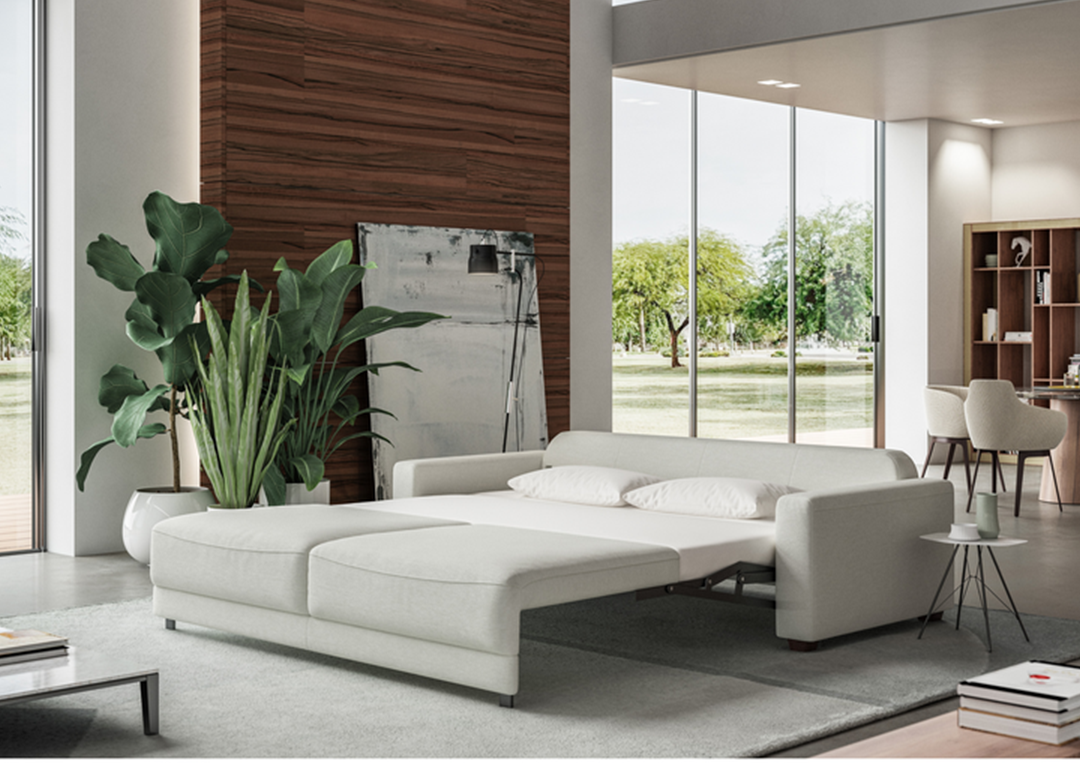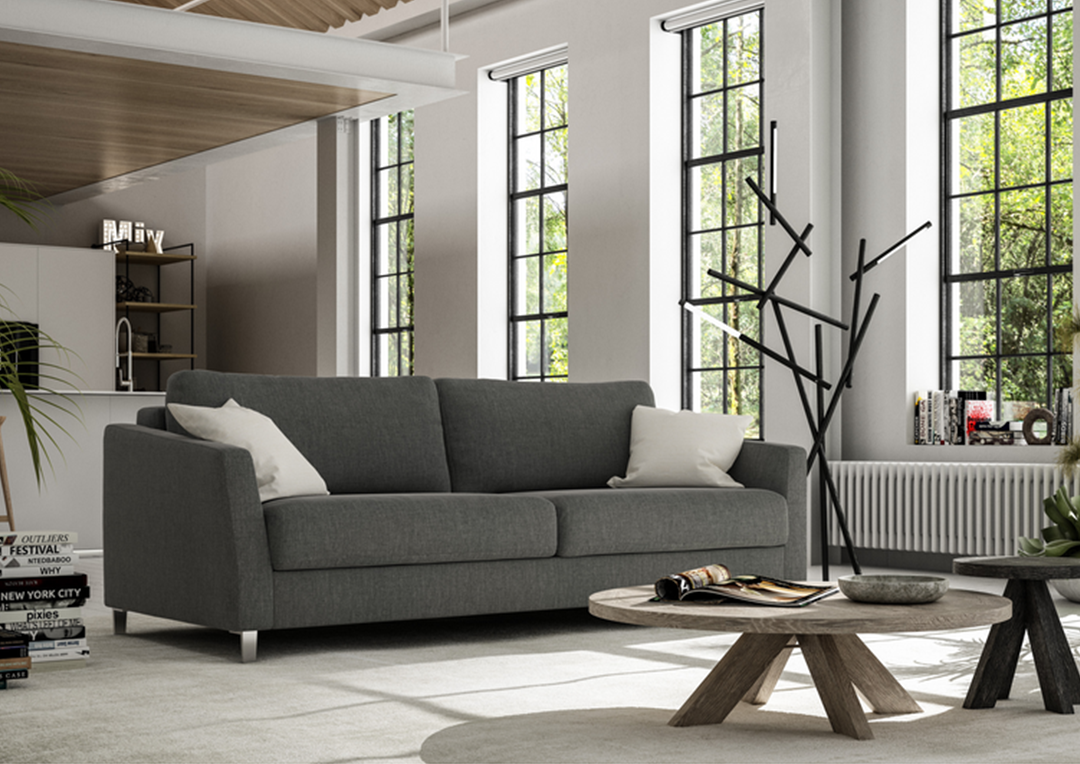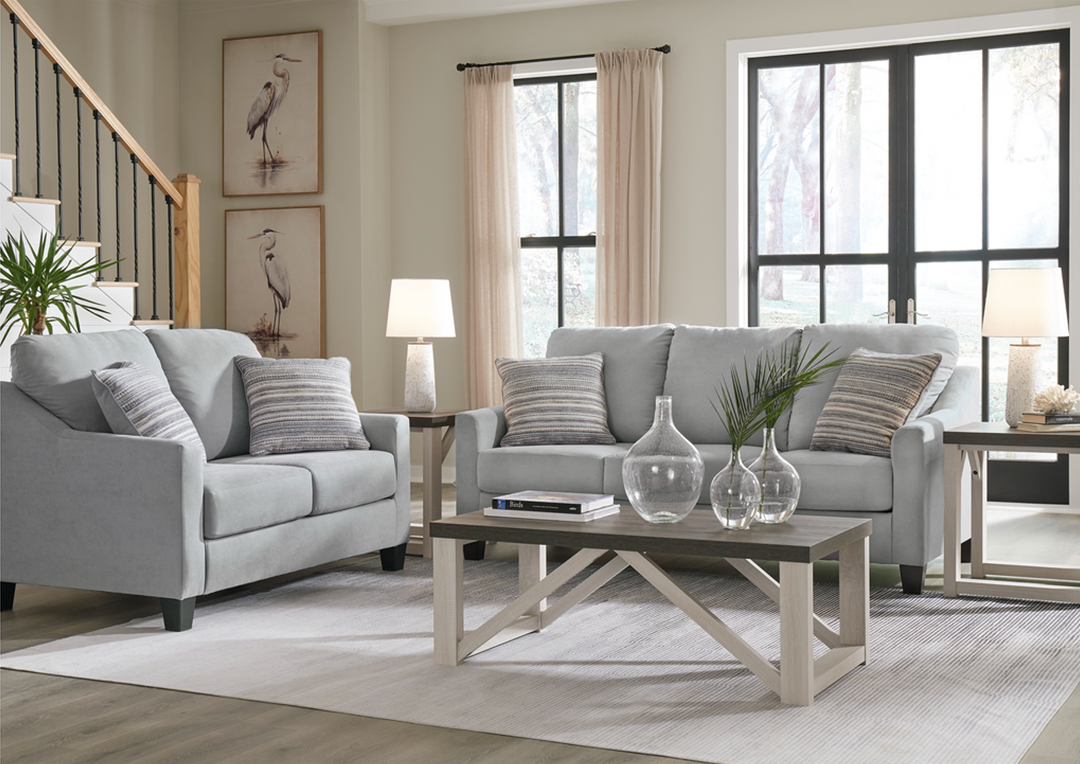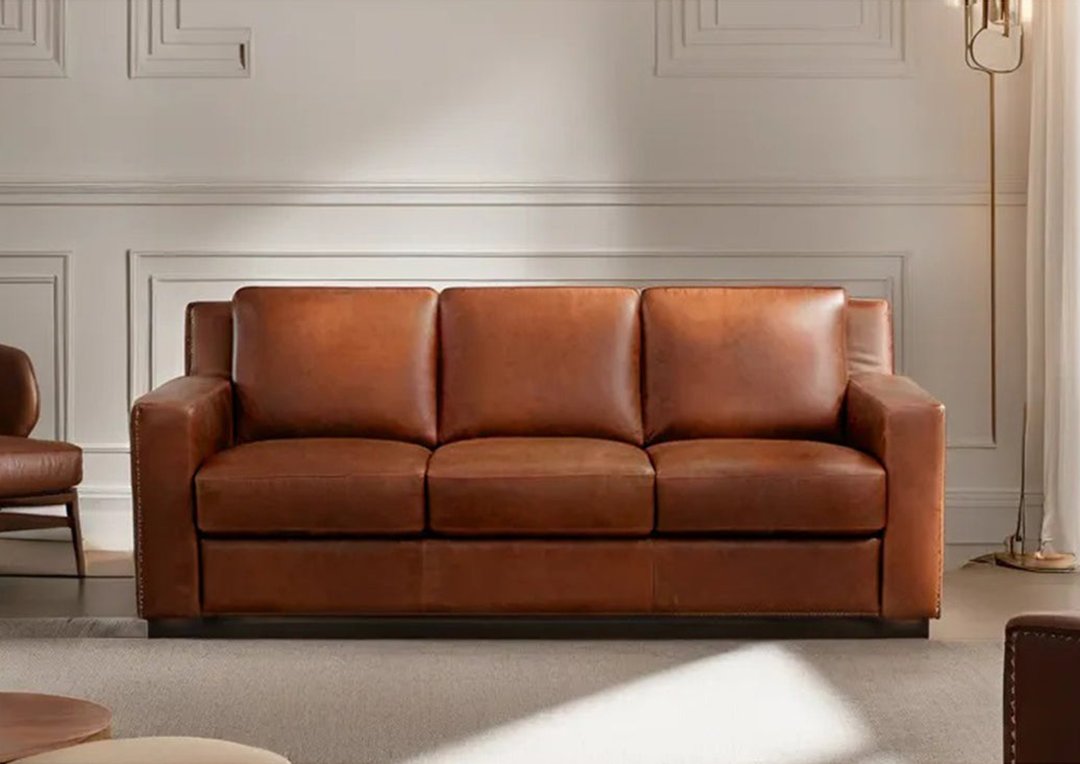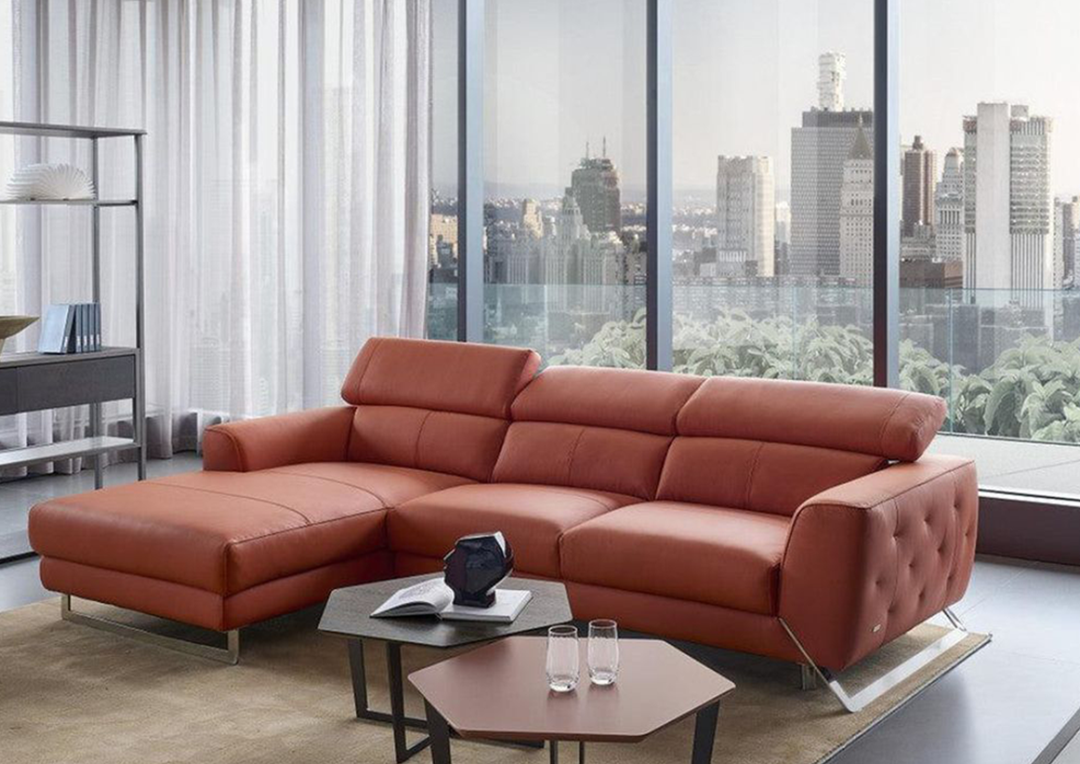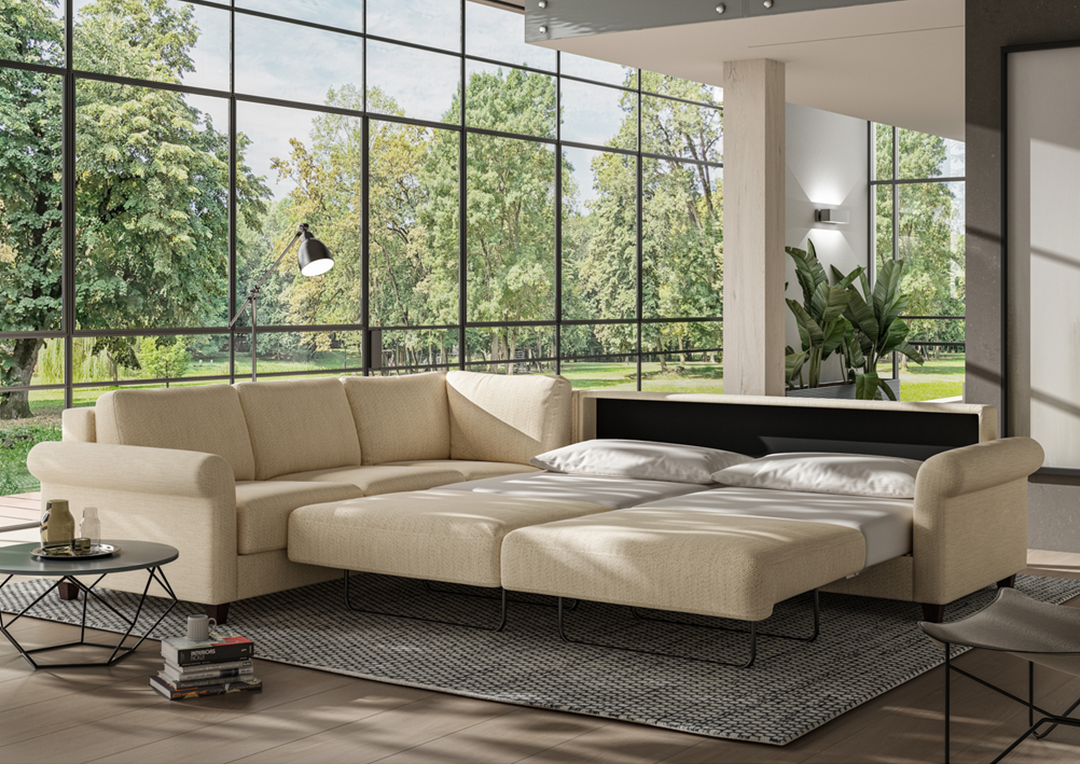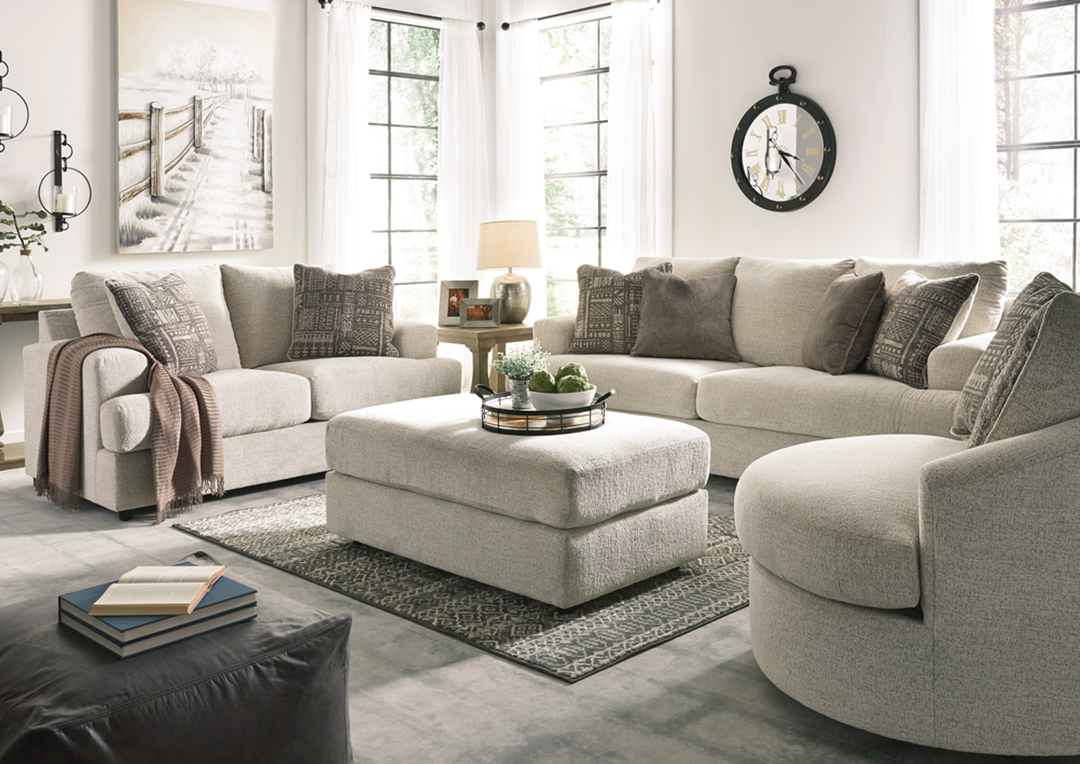How Reclining Sofa Works: Manual vs Power Explained
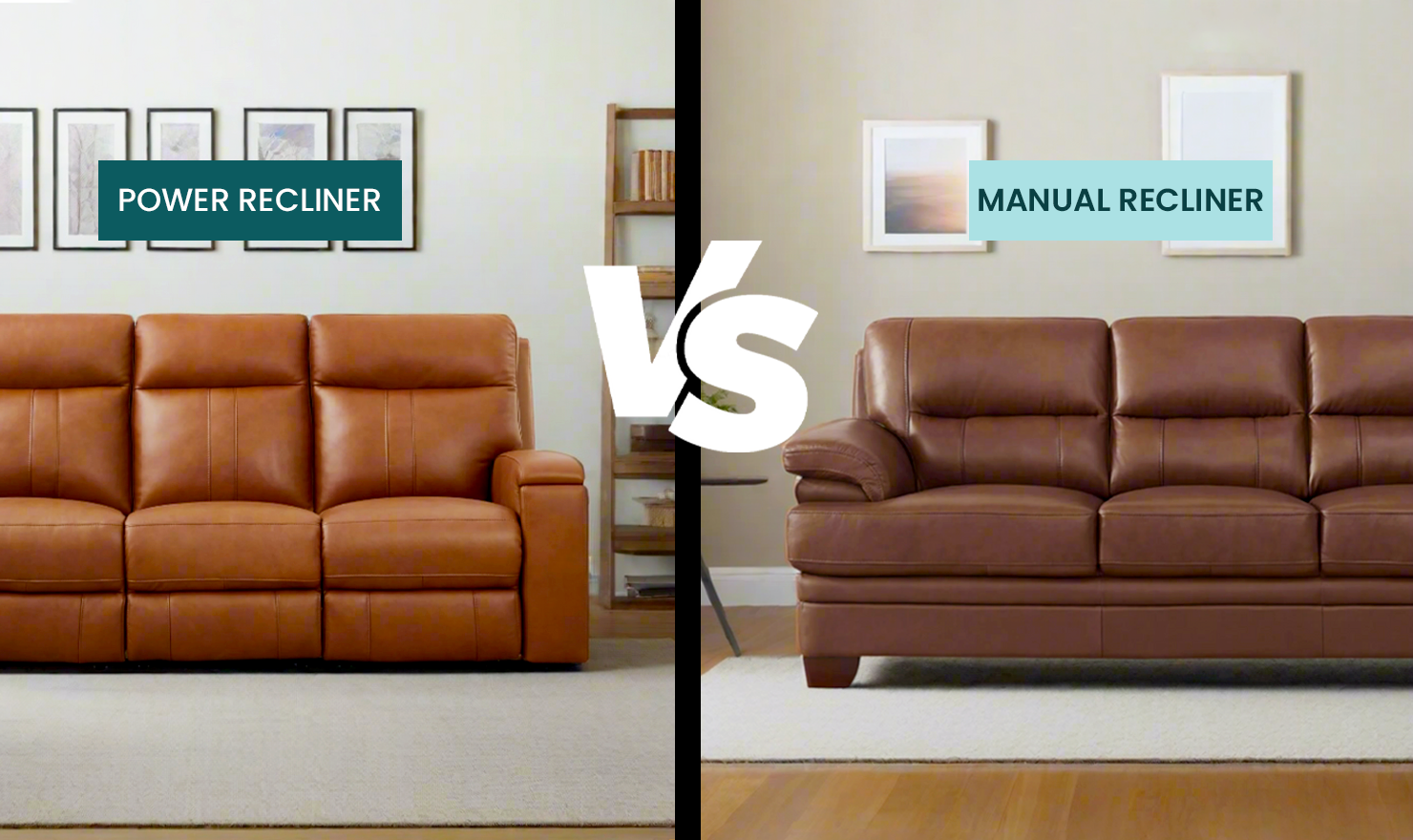
TABLE OF CONTENTS
- Reclining Sofas in a Nutshell
- Manual Reclining Sofas
- Power Reclining Sofas
- Comparison of Manual and Power Recliners
- A Note on Hybrid Recliners
- Conclusion
We all love recliner sofas, and why not? When you think of a recliner sofa, don't you imagine immense comfort? But did you know that behind this comfort is a mechanism, and understanding how it works can help you make a better purchase decision?
There are two popular types of reclining sofas: manual and power. Both serve the same purpose: adjusting the seat angle for extra comfort; the only difference is the method and user experience.
During the course of this blog, you’ll learn how each system works, how they are different, and which might be right for you.
Reclining Sofas in a Nutshell

Reclining sofas look like any other sofa, but they let you lean back while the footrest extends. These sofas have a built-in mechanism that adjusts the seat's angle and supports the back and legs.
A reclining sofa can have many features, but the three basic parts involved in the creation of a reclining sofa are as follows:
- Backrest: Tilts backward.
- Footrest: Extends outward.
- Seat base: Tilts slightly or remains fixed, depending on the design.
You can operate these parts manually or with power, but their underlying goal is to offer better ergonomic support while seated.
Manual Reclining Sofas

Manual recliners rely entirely on mechanics and your body’s motion to shift into position. There’s no wiring, no motors, only a straightforward design that moves when you do. Usually, there’s a lever or a pull-tab on the side that activates the reclining mechanism.
Inside, the setup is fairly simple. A metal frame forms the structure, while pivot joints and hinges guide the motion. Springs do much of the lifting work and extend the footrest when you release the latch and allow the backrest to lean once your weight shifts. It’s a smooth system, controlled completely by you.
Using one is easy. You sit down, pull the lever, and the footrest lifts into place. As you lean back, the backrest responds. The movement clicks into a locked position and stays there until you shift forward again.
What You Gain and Give Up With Manual Recliners
|
Benefits |
Drawbacks |
|
They don’t require electricity to function |
They need physical effort to operate |
|
They are more budget-friendly than power recliners |
They offer fewer recline angles or positions |
|
Fewer moving parts means a lower chance of failure |
They are not suitable for users with limited mobility or strength |
Power Reclining Sofas

Power recliners work using electricity. They replace levers and body motion with quiet motors and fingertip control. Instead of pushing or pulling, you have to press a button or use a remote to adjust your position.
The internal setup is more advanced. A small electric motor drives the reclining motion. Linear actuators are devices that translate electrical energy into movement and handle the lift and tilt of the footrest and backrest.
All of this is wired into a power source, either through a wall outlet or a built-in rechargeable battery. The frame itself resembles that of a manual recliner, but with reinforcements to support the motorized action.
Using a power recliner is easy. When you press the control, a signal is sent, and the sofa moves slowly, steadily, and quietly into your preferred angle. Once you’re there, the mechanism stops, holding you in that exact position until you change it again.
What You Gain and Give Up With Power Recliners
|
Benefits |
Drawbacks |
|
They offer a wide range of customizable recline angles |
They require a power source (outlet or battery) |
|
They operate with minimal effort, just press a button |
They have a higher upfront cost compared to manual models |
|
They mostly come with added features (USB ports, presets) |
They have a risk of electrical or motor malfunction over time |
Comparison of Manual and Power Recliners
|
Feature |
Manual Recliner |
Power Recliner |
|
How It Works |
Relies on body movement and a lever or tab to recline |
Operated electronically through buttons or a remote |
|
Mechanism Type |
Fully mechanical; based on springs, pivots, and a metal frame |
Built with electric motors, actuators, and internal wiring |
|
Ease of Use |
You need to push or pull to adjust positions |
Reclining happens automatically with minimal physical input |
|
Recline Angles |
Offers a few preset angles depending on the model |
Allows smooth, precise adjustments to find your ideal position |
|
Setup Requirements |
Doesn’t need an outlet; can be placed anywhere |
Requires access to power or a charged battery pack |
|
Mobility Suitability |
May be tough for individuals with limited strength or joint issues |
Designed with accessibility in mind; ideal for those with mobility challenges |
|
Features Available |
Basic functionality; recline and return |
Frequently includes extras like heat, massage, USB charging, and saved positions |
|
Maintenance Needs |
Minimal upkeep; just occasional checks on screws and hinges |
Needs more attention due to its electrical components |
|
Repair Complexity |
Easy to fix yourself in most cases |
Might need a technician if motors or electronics malfunction |
|
Price Range |
Generally more affordable |
Tends to be more expensive, especially with added features |
|
Design Variety |
Focuses on simplicity; limited customization |
Greater range of tech-enhanced styles and comfort settings |
|
Power Outage Impact |
Unaffected; functions the same anytime |
Loses functionality during an outage unless battery backup is installed |
|
Durability (long-term) |
Built to last with fewer moving parts that can fail |
Longevity depends on quality of motor and electronic components |
|
Best For |
Those looking for a cost-effective, straightforward solution |
Ideal for users wanting luxury, tech integration, or support with physical limitations |
A Note on Hybrid Recliners

Some modern recliners combine some features from manual recliners and some from power recliners. For example, a power footrest with a manual backrest or headrest, or vice versa.
These models are designed for:
-
Flexibility: Gives you power where needed, manual where not.
-
Cost balance: Usually cheaper than full-power models.
-
Reduced failure risk: Fewer electric parts than fully-powered recliners.
Conclusion
Reclining sofas offer comfort with mechanical systems that use levers, springs, or motors to help you relax. Choosing a manual or power model depends on what matters most: simplicity, cost, adjustability, or convenience.
Understanding how each type works helps remove the guesswork. You'll know exactly what you're looking for when you're ready to shop.
Visit sofabed.com to explore impeccable reclining sofas, more recliner guides, and tips and tricks.
Before buying a reclining sofa, remember:
- Do you want ease of use or mechanical simplicity?
- Do you have a nearby power outlet?
- Will multiple people with different needs use the sofa?
- How much space do you have behind and around the recliner sofa?
Answering these will help narrow down your choice. And whatever your decision, both manual and power sofas can offer years of reliable comfort, if you choose well and care for them properly.


